Childhood Years
“When I look back on my 31 years of life and think of all the things I’ve accomplished, I say to myself, ‘This wouldn’t have been possible if it wasn’t for my parents adopting me.’ I was adopted from Peru when I was around four to five months old, after I was born to a teen mother. It was a selfless thing she did, due to not only being a kid herself, but also because there was a civil war going on. People were dying and buildings were being blown up. There was no way for a young, unwed mother to raise a small child when she didn’t know if she would survive the madness herself. Even as a child, I had the utmost respect for her putting me up for adoption. The family that adopted me (who are my parents, not adoptive parents – end of discussion) are the best people to want to adopt and start a family. My parents, especially my mother, were so attentive to my needs, growth, and progress as a child.
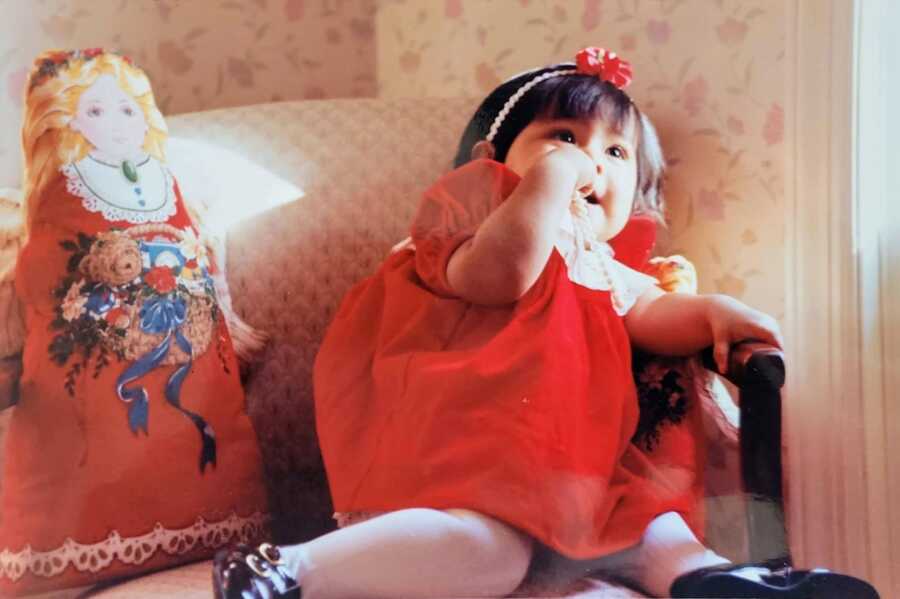
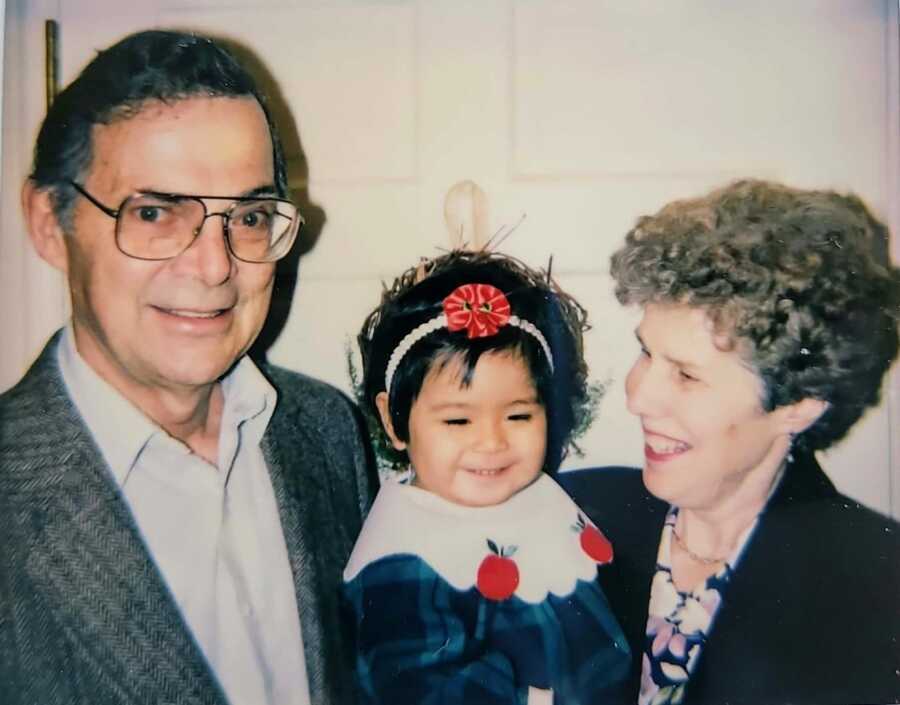
When I was little, I hardly talked and had issues. For example, I couldn’t sit in a chair properly; I would slide right out of it. Instead of just brushing it off or accepting it, my mother (because she is my mother, not my adoptive mother), went above and beyond to get me the help I needed. She was (and still is) my number one advocate and supporter in everything I do. If it wasn’t for her, I probably wouldn’t have made any further developmental progress, got the tools to help make my life easier with the issues I still live with, discovered my love for art or my talent for writing, and overall, thrived and flourished throughout my 31 years of living.
Even though I had an idyllic, precious childhood, I, like many adoptees, fell prey to lingering and invasive thoughts that come along with being adopted. Especially since I was a transracial adoptee growing up in predominately Caucasian, suburbia, Connecticut in the nineties. Do I belong here? Am I really accepted? Will I fit in? Am I even wanted? The change was adamant when, in art class, we were asked to draw a self-portrait, and I drew myself with pale skin and blue eyes, all the while keeping my black hair. That’s when realization struck my parents that a change of pace was needed immediately.
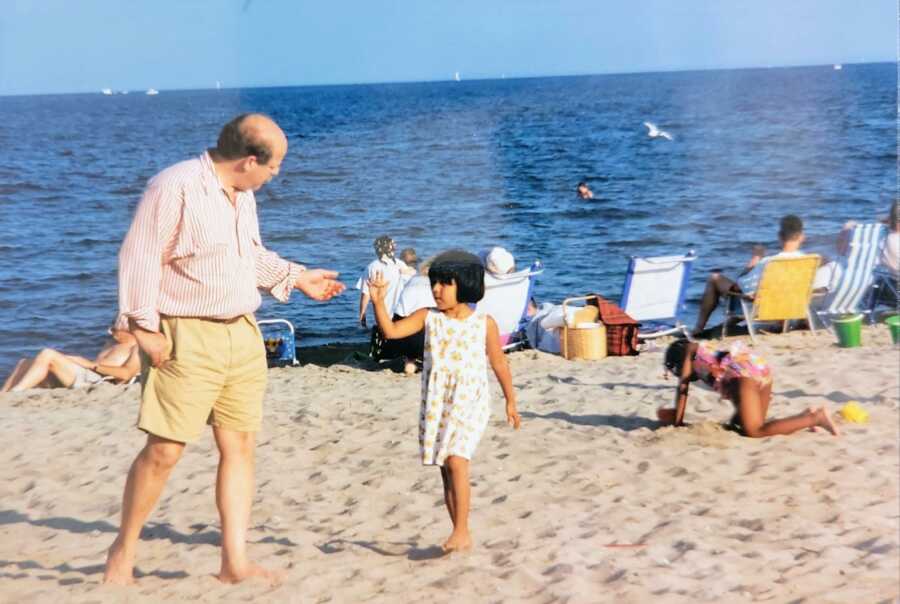
The change from dominate Caucasian, suburbia, Connecticut to fast-paced, Cosmopolitan, active, bustling New York City was definitely what our multi-racial family needed. Even though the drastic, instantaneous change of location did help immensely, the lingering thoughts of what I would later come to know as identity issues were front and center and had now officially consumed me. It also didn’t help that, in middle school, I was bullied by ex-friends who sought out popularity, while my interests were anime, manga, and other geek culture hobbies which would make me a target. I barely survived my last year, but I did by the grace of everything good.
Teenage Years
However, I only ended up going to a high school where a traumatic event would be bestowed on me, with everlasting repercussions that still haunt me today. It is there, which I refer to as a ‘Personal Hell,’ where I went from a good-natured, happy, loving child to an angry, spiteful, full of rage, dark adolescent. Through the anger and sadness, I found my longtime boyfriend, who my family and friends would call ‘my first love.’ He made me appreciate the good, the bad, and ugly.
In our youth, we were indeed dumb, stupid teenagers in love who often did impulsive, dramatic, and petty acts just to get a rise out of each other. It would be out of boredom or just being a stupid teenager. We’d fight, break up, and make up. That cycle would be the story of our lives for over 16 years, until COVID changed the world and we essentially got our act together. Now, we are thriving in a wonderful, healthy, serious relationship. Even though it was a dark period of my life, I shared with him my world of creativity that was just starting to take flight.
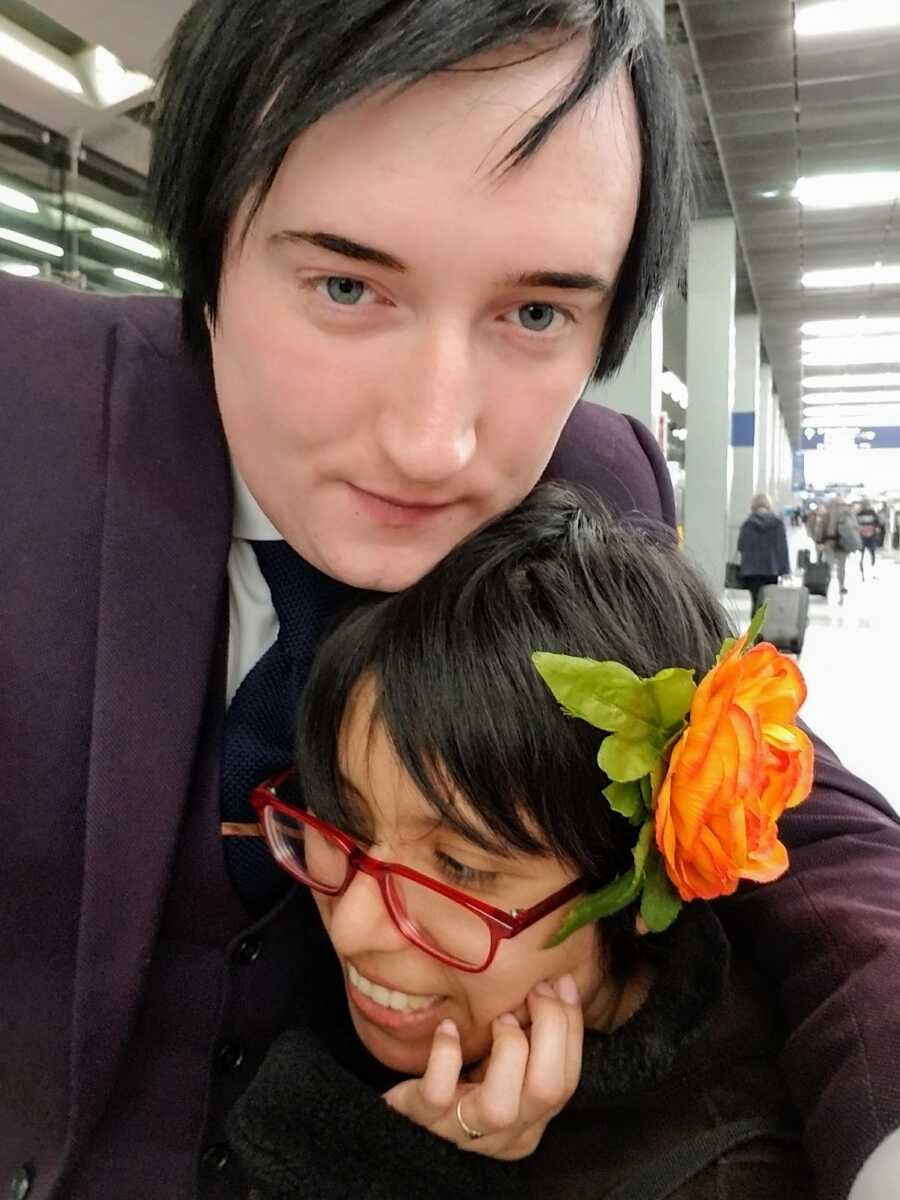
To survive high school and not continue in self-destructive behavior, I would find myself watching bloody horror films, becoming Goth, writing twisted and morbid fan-fictions, and drawing dark macabre art. My parents, though frightened by my deep interest in gothic horror, were just happy I found something new to channel my anger into that wasn’t self-sabotaging, so they relented. Of course, with limits, but that was a given with any concerned parents.
Beginnings Of The Sinner’s Bible
In 2005, on one of the various trips I took with my mother and baby brother to New Hampshire (where she is from and where my family lives to this day), we went shopping in the outlet malls. I happened to go into the DVD store they had and happened to find a movie that piqued my interest. It was a period drama film about the Revolutionary War. Having always been fascinated with our nation’s first war, I was intrigued and happy to see a film about the topic, since there were hardly any films about it. So I bought it. When I watched the film, I was so memorized by it (even though, it was beyond historically inaccurate) and it ignited my passion to write a period-piece during that time, but with a twist.
It was then, in January 2006, I began working on what was originally titled ‘My Ultimate Revenge Story,’ which would later become what I call my Magnum Opus, and is now affectionately known as ‘The Sinner’s Bible.’ It would be a horror, period drama, high fantasy, alternate historical fiction story that would start in 2006 NYC and slowly end up in 1770s South Carolina before the rumblings of the Revolutionary War. The main character of the series would be a angsty, teen female, which is a usual default for stories like these. However, there would be a huge and unique difference; she would be an adoptee, and a transracial adoptee at that.
After a month of endless nights of creating a main character fans of the series would come to love and root for, Juliana ‘Juli’ Katherine Serenade was born, and it was off to the races with writing what I would call the first edition of Sinner’s Bible. While some of the themes and situations in the Sinner’s Bible have changed throughout its sixteen-years inception, there were core points that didn’t change and made the entire series.
The story begins in the winter of February 2006. Juliana ‘Juli’ Katherine Serenade is a troubled goth heiress (daughter of an old money, New York family), who is suffering from a hidden trauma. For all the love and acceptance she has from being adopted in the world she lives in, she still feels unwanted and wants an escape to start over somewhere far away. She is, however, unaware that she is ‘possessed’ by a vengeful, powerful God entity by the name of Arianith LILITH MACABRE. Arianith is the 11th Mother Of All Sinners, who has been scorned by the SinnerHood (the Sinner’s Royal Family) and, for the mere joy of it, wants to destroy humanity. She wants to use Juli’s body as a vessel to seek her revenge and watch the world burn, no matter the cost. Juli is demanded to raise hellfire and brimstone to Veil Mantra, the Homeworld of the Sinners. In the midst of the struggle, instead of being sent to Veil Mantra, she is sent to 1774 South Carolina, in a small town by the name of Fallen Waters, a town in Berkeley County, 40 miles away from Charles Town. She is found by two brothers, Tristan Cameron (younger) and Roman Christopher (older) Christian. That’s where the story really begins.
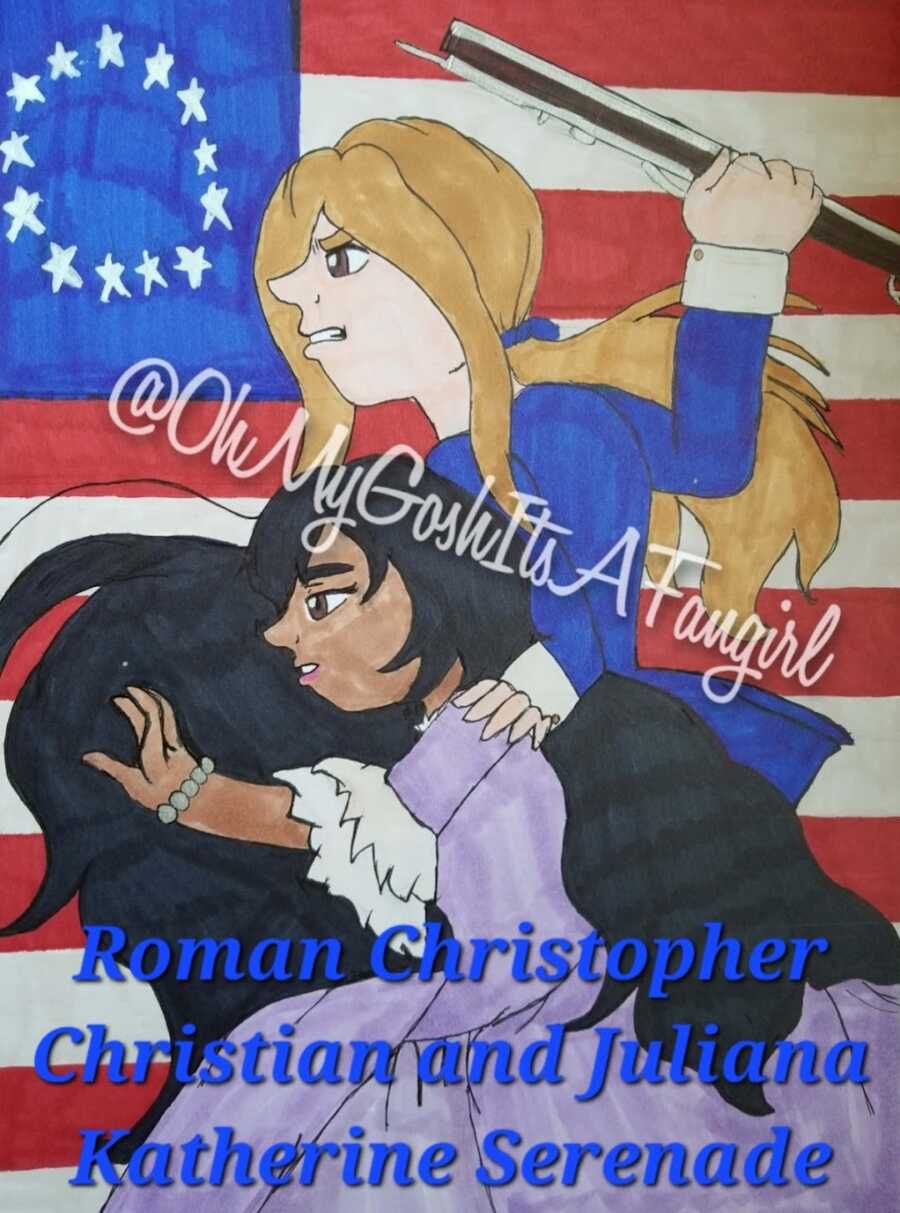
The Sinner’s Bible, at its core, is truly a romance-drama based series, but also horror, adventure, high fantasy, and of course, alternate-history. On top of Juli talking, dealing with, and overcoming her identity issues and getting help for the trauma she suffers from in 2006 New York City, she also deals with other issues: mental health, death, torture, the horrors of war, life and death consequences, innocence lost, and being revered as a God at the tender age of 16. The Sinner’s Bible series is truly a story near and dear to me, and I am so happy I decided to write it. I have spent countless hours in writing, rewriting, editing, and all that comes with being a writer; I am very happy with each milestone Sinner’s Bible has made.
Continued Editions And Personal Growth
Over the years, the Sinner’s Bible would find Indie success on an Angelfire website, then my old deviantART account, then my current Instagram in 2013. For what I call the 3rd Edition, the lore/history, creative progress, and more will be on Patreon (launch date is August 26th, 2022). I hoped there would be more representation for adoptees, but sadly there hasn’t been. In 2022, we have made so many strides in modern media for all kinds of representation of LGBTQIA+, race and ethnicity, people with disabilities, and so much more. For that, I am very happy.
However, even in 2022, there has been absolutely no push or interest for adoptee representation, domestic or international, in terms of modern-day media. Thankfully, there have been a plethora of documentaries that have come out in the recent years, talking with/about parents who have adopted children and the trials and tribulations they go through, from various international countries to domestic. I will also say, there are books aimed at children (which is extremely important) that talk and show parents adopting a child, some being written/drawn by parents who have adoptive children. This is very important, good, and now is becoming a normalized thing in children’s literature. However, that is not the case for young adult adoptees.
Last year, I took it upon myself to take part in National Adopted Month and National Adopted Day on Instagram and Twitter, which was very successful and made me feel like I’ve made more strides to come to terms with my lifelong identity issues. I did look into other participants; I was very pleased with others following suite. Though, when I looked at a post showcasing ‘young adult fiction’ focused on adoptees, I was extremely disappointed. The young adult fiction aimed at adoptees were mainly curtained around Caucasians, just focusing on overcoming trauma and identity issues. Even worse, they were mostly written by people who weren’t adopted or parents who adopted. Then, the few books about transracial adoptees were just heavily focused on their trauma and identity issues as well as their childhood, which was far from perfect. In those cases, the novels were written by actual adoptees, but in the midst of all that, there was still NO superhero figures. There was never anything remotely SciFi, fantasy, or adventure with an adoptee (Caucasian or BIPOC/POC) as a supporting character, let alone a main character.
Where I would find films or TV shows focused on ‘adoptee representation’ would be on the Lifetime channel in a drama thriller tragedy where the focus was overcoming hardships and trauma. Even worse, when there WERE films or TV shows about parents who are trying to start a family, but they couldn’t have biological children, they would use adoption as the last resort. Though, it would be in such a cold, sad, and insensitive way which would make any adoptee watching feel awful about themselves. Sadly, this still hasn’t changed, and mind you, I am very active of keeping up with upcoming films, shows, and everything fictional. I have yet to see an adoptee being played by an actual adoptee in mainstream, modern-day media. This is why, as I say to my family, friends, and followers, I work like a dog to make the Sinner’s Bible absolute perfection. I want adoptees to feel a connection to Juli Serenade, and finally have mainstream representation that isn’t all about the struggle, the trauma, and overcoming.
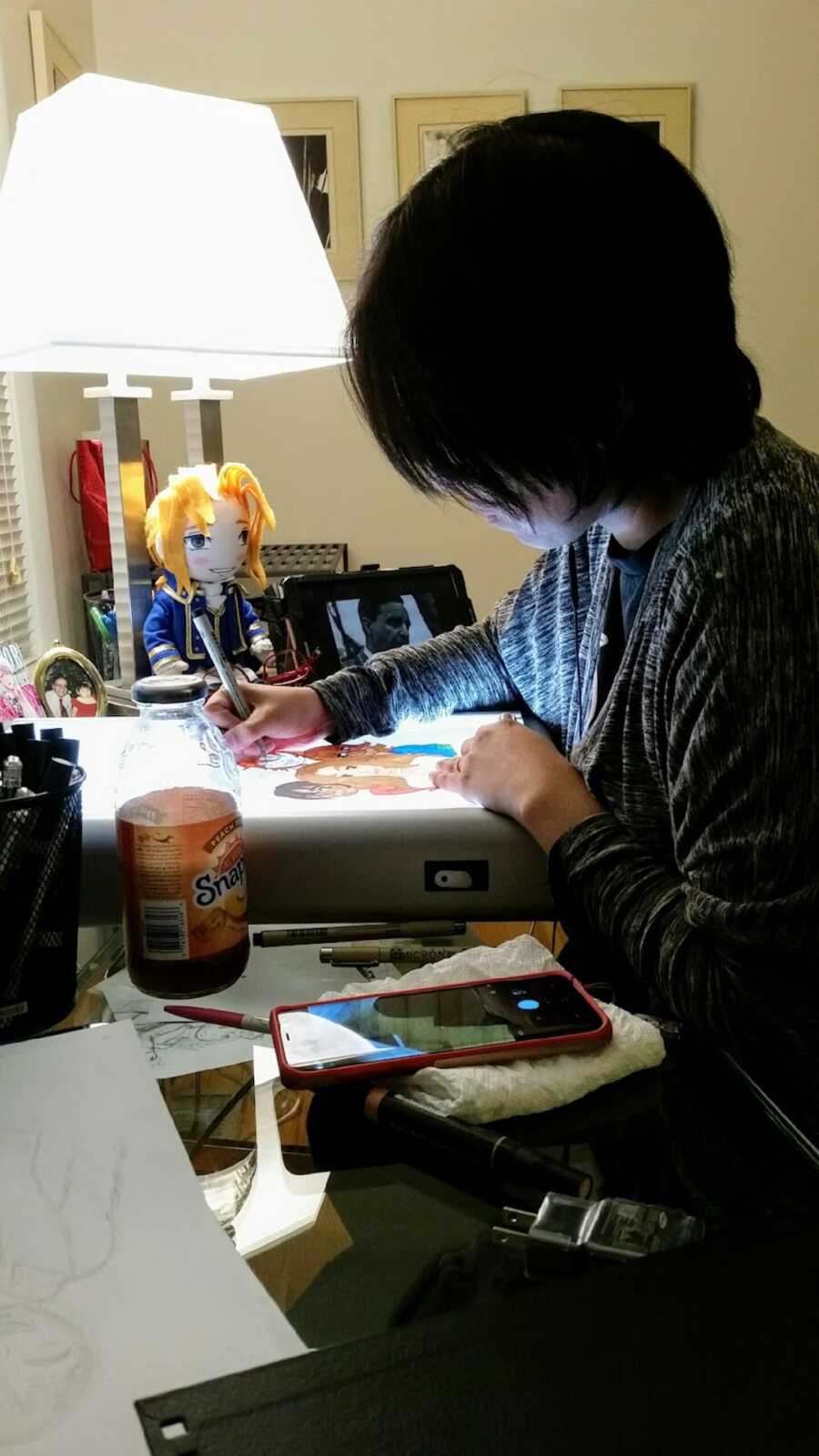
When I began the series in 2006, my main goal was just for other adoptees to have something to enjoy, with content and a main character they can relate too. It did succeed with that, with all kinds of adoptees from different walks of life, and that gave me so much joy, and that was just the first version of Sinner’s Bible. Fans would say, ‘Finally, someone who writes a story in a fantasy setting that the main character is an adoptee! It’s about time!’ or, ‘Someone is writing an adoptee character as normal teenager aside from just focusing on the struggles, trauma, and identity issues. It’s refreshing.’ It just made me feel so good about how my angsty, Goth, rebel, heiress Juli Serenade was touching lives. At that time, my identity issues were still something I struggled with, but writing the Sinner’s Bible finally began the journey of coming to terms with my identity issues and not letting it consume me. It was a great time.
Nothing lasts forever though, and by the end of the 2000s, I began to struggle again. A real low point of my life post-high school was in 2013 when my boyfriend and I were at our worst. I had lost the majority of my friends with poor decisions I made, and my identity issues were consuming me once again, which resulted in a deep depression. At that point, I had been living with my father for five years, which is how our close father-daughter relationship began to blossom. Now at 31, we are closer than ever and I refer to him as my best friend. I finished what I call the 2nd edition of Sinner’s Bible, and had lost the interest of doing anything else with it. I was consumed by demons. It was a dark time and I was just not in a good mindset.
By chance, we relocated from New York City to suburbia Illinois, where my extended family and my beloved Auntie (my father’s older sister) lived. With a huge push, and support from my Auntie, Uncle, and cousins, I came out of that deep depression and dark place, and began over again in a new state. I made many new friends, connections, and healthy choices in a social group with levelheaded, kind, and healthy people. It was definitely the fresh start I needed and saved me from my demons. Around 2018 though, things took a dark turn, and I almost went back to my old ways due to personal emergency. Also, some of the people I became involved with became not healthy for me.
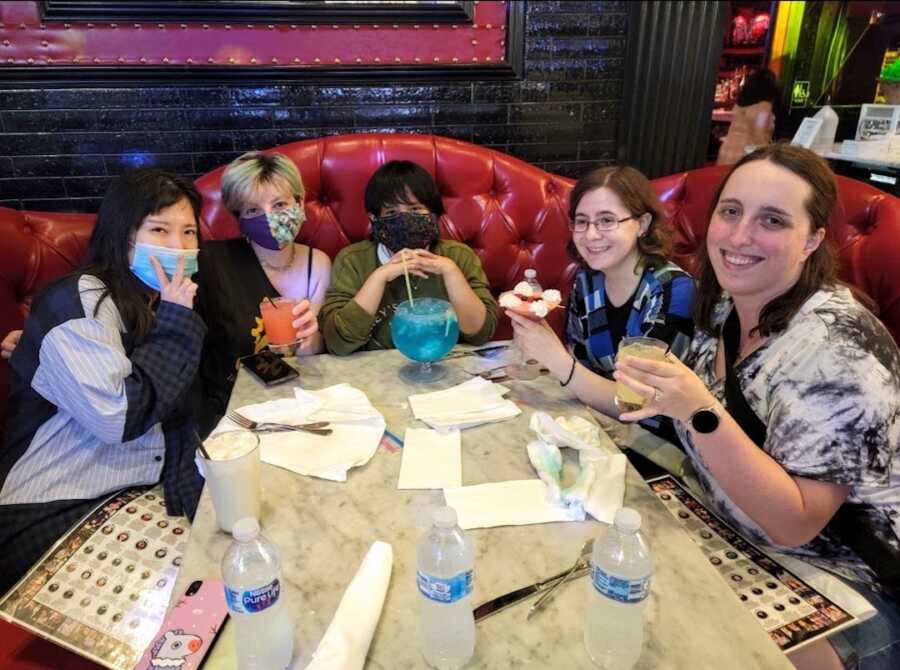
However, in typical Juli Serenade fashion, I persevered and got through it with my newfound support system. Fast-forward to 2021, when the COVID pandemic was still raging on, thriving in my relationship with my longtime boyfriend, my social life being happy and active, and doing well at work, I took it upon myself to finally start up Sinner’s Bible again and make the final edition. Now, rewriting what I call the final version on my days off from work, I plan to take my Indie series to a mainstream level. Juli Serenade does not just apply to adoptees, but anyone who has felt like an outsider and didn’t belong, or who is going through hard times.
As Juli Serenade grew through each version of the story, I’ve grown too, and gone through other hardships at different points of my life. What I want people to take from my story is not to give up hope. As my Mémé (my great-grandmother), my Mémére (my grandmother), and mother always said, ‘Take the bitter with the sweet.’ That is something I live by daily. There will be moments where you wonder, ‘Is it even worth it?’ But don’t give up. My own journey, while having many highs and lows over the course of 31 years, I still wouldn’t change. The family I was raised in, the people I met, the friends I found, the man I fell in love with, and, of course, the fans of the Sinner’s Bible: they wouldn’t be here if I hadn’t gone through all of that. I know I am loved and I wouldn’t change that for the world.”
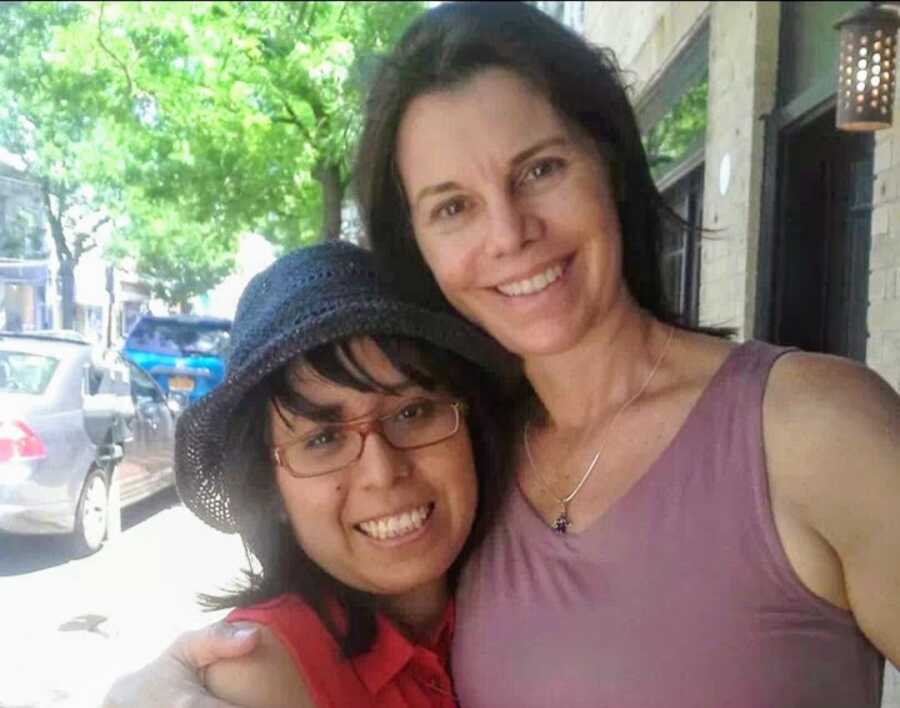
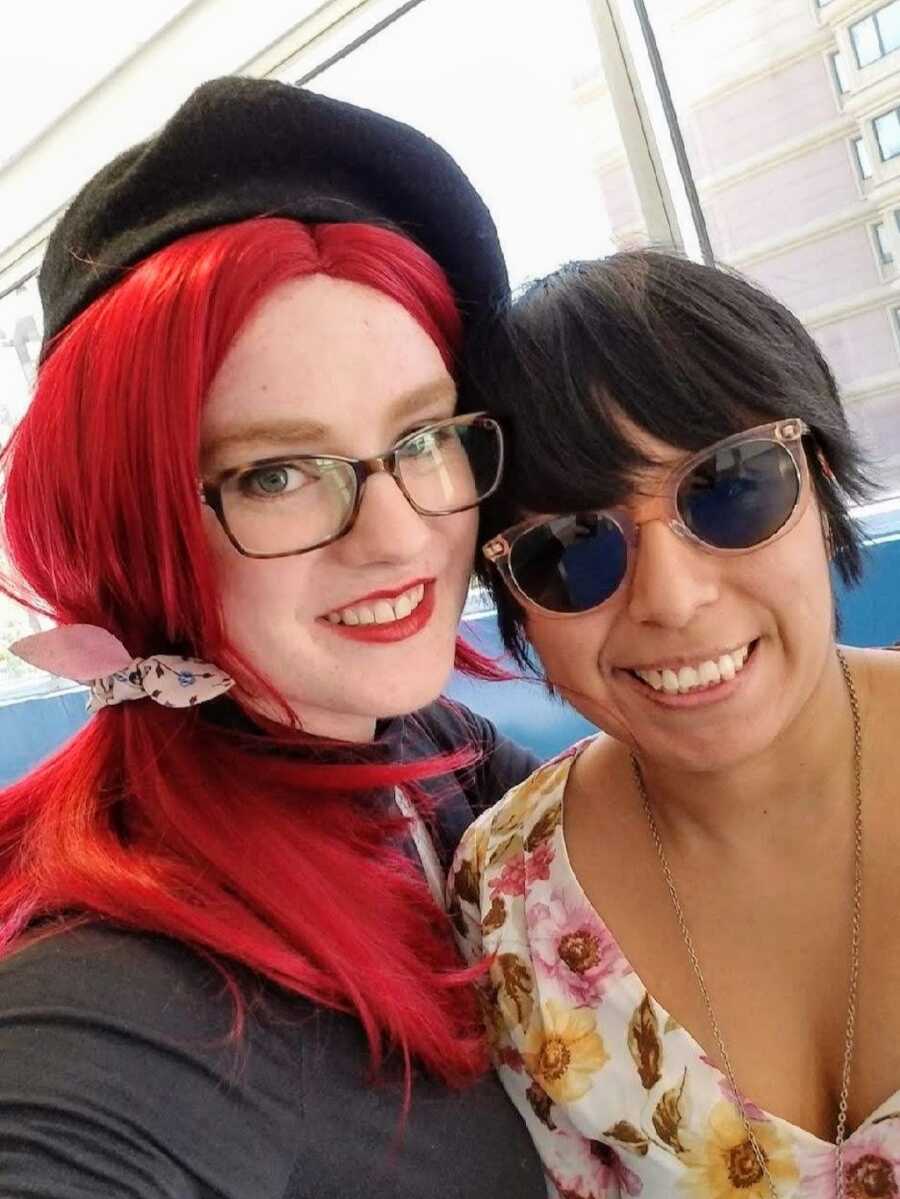
This story was submitted to Love What Matters by Juliana Katherine Serenade from Illinois. You can follow her journey on Instagram and Twitter. Submit your own story here, and be sure to subscribe to our free email newsletter for our best stories, and YouTube for our best videos.
Read more stories like this:
Orphan Adopted During Bloody Civil War: An Interview About His Global Upbringing With Garon Wade
Do you know someone who could benefit from this story? SHARE this story on Facebook to let others know a community of support is available.



